UPS-led SEUL consortium switches on smart-grid fleet charging solution in London; maxing out on EVs without expensive grid upgrades
Green Car Congress
MARCH 20, 2018
A UPS-led consortium has deployed new smart-grid charging technology in London that overcomes the challenge of simultaneously recharging an entire fleet of electric vehicles (EVs) without the need for the expensive upgrade to the power supply grid. A key part of this initiative is the use of onsite energy storage batteries.





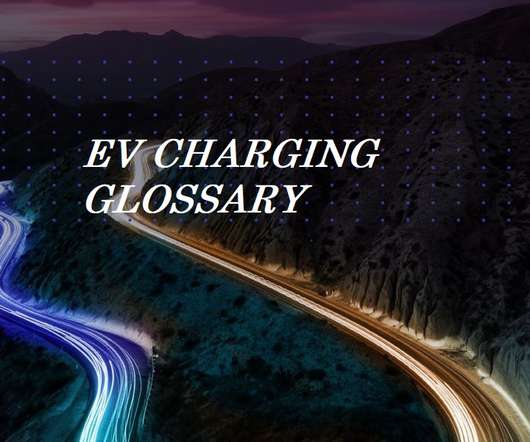


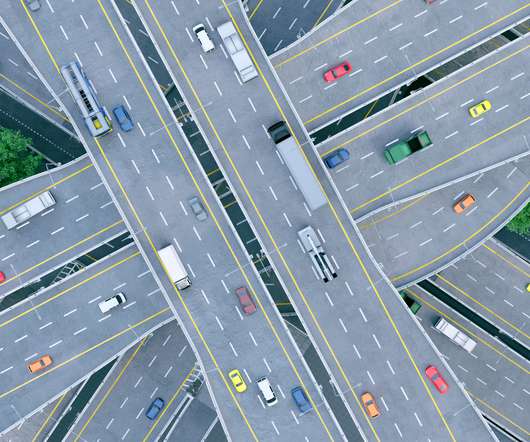




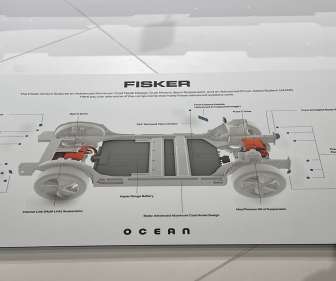


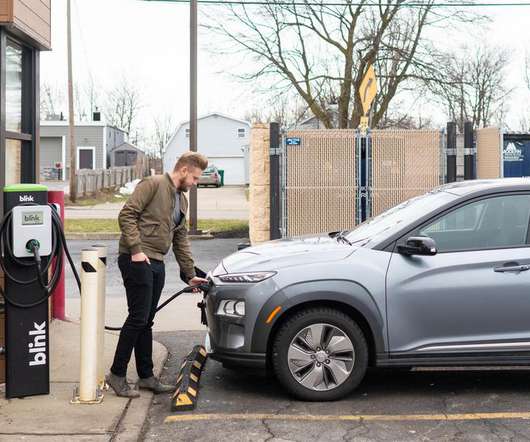


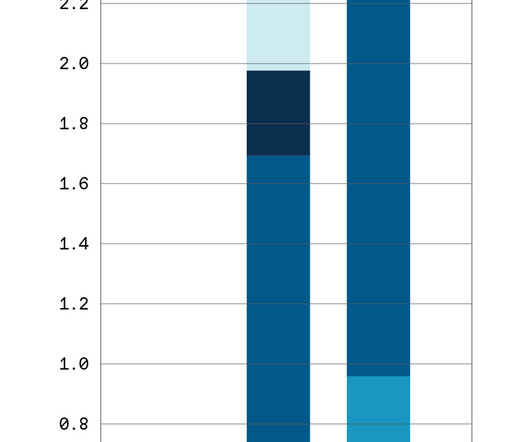




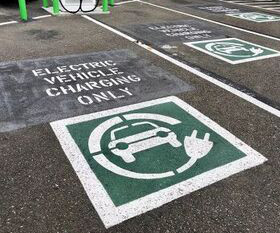






Let's personalize your content